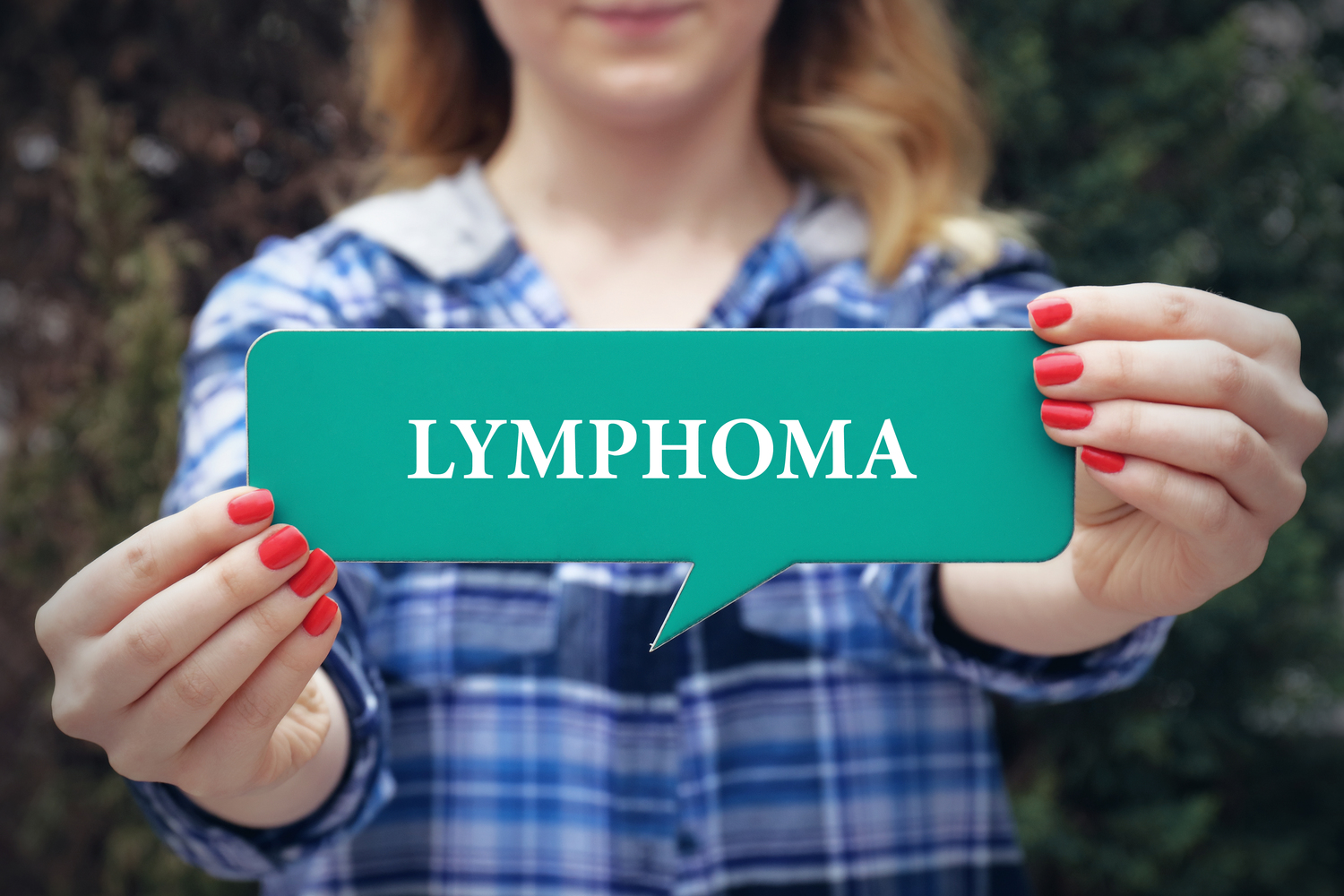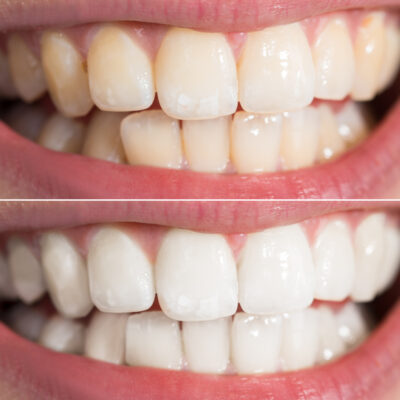
Non-Hodgkin’s Lymphoma: Symptoms, Causes, and Treatment
Non-Hodgkin’s lymphoma is the most common cancer in people who are suffering from HIV. The damage HIV does to the immune system makes people more vulnerable to Non-Hodgkin’s lymphoma. There is unrestricted growth of cells in the body, leading to the development of cancerous cells that start replacing healthy cells. Non-Hodgkin’s lymphoma is cancer that arises in your lymphatic system and the disease-fighting network spread throughout your body. In this, the tumors develop from lymphocytes, which are a type of white blood cell.
Non-Hodgkin’s lymphoma is more common than the other types of lymphoma such as Hodgkin lymphoma. There are many different subtypes of non-Hodgkin’s lymphoma. The large B-cell lymphoma and follicular lymphoma are the most common subtypes of non-Hodgkin’s lymphoma. However, an increased understanding of the causes of non-Hodgkin’s lymphoma and advancement in its treatment methods have helped to improve the prognosis for people with Non-Hodgkin’s lymphoma.
1. Symptoms of non-hodgkin’s lymphoma
The symptoms of non-Hodgkin’s lymphoma are:
- Abdominal pain or swelling
- Chest pain
- Coughing
- Difficulty in breathing
- Swollen lymph nodes in your neck
- Fatigue
- Night sweats
- Fever
- Unexplained weight loss
2. Causes and contributing factors
In most cases, doctors do not know the causes of non-Hodgkin’s lymphoma, but in some cases, it is due to a weakened immune system. Non-Hodgkin’s lymphoma begins when your body produces too many abnormal lymphocytes. In non-Hodgkin’s lymphoma, your lymphocytes do not die but continue to grow and divide. The excess lymphocytes move into the lymph nodes causing them to swell. The causes of non-Hodgkin’s lymphoma may include:
- B cells fight infection by causing antibodies that neutralize foreign invaders. Most non-Hodgkin’s lymphoma arises from B cells. The subtypes of non-Hodgkin’s lymphoma that include B cells are diffuse large B-cell lymphoma, follicular lymphoma, mantle cell lymphoma, and Burkitt lymphoma.
- T cells protect the body by killing external invaders. Non-Hodgkin’s lymphoma occurs less often in T cells. The subtypes of non-Hodgkin’s lymphoma that have T cells include peripheral T-cell lymphoma and cutaneous T-cell lymphoma.
3. Non-Hodgkin’s lymphoma treatment
Non-Hodgkin’s lymphoma treatment depends on your age, the type of non-Hodgkin’s lymphoma you have, and the stage of the condition. It is not always necessary to go for immediate treatment as your doctor may monitor the causes of non-Hodgkin’s lymphoma when it is progressing slowly and not causing symptoms. Non-Hodgkin’s lymphoma can be treated in various ways:
- Chemotherapy can be given orally or by injection to kill cancer cells. It may be used on its own or with other treatments.
- Radiation includes the use of high-powered beams of energy to kill cancer cells and get rid of tumors. It can also be used on its own or with other treatments.
- A stem cell transplant allows the doctor to use higher doses of chemotherapy. As this treatment kills healthy cells as well as cancer cells, the doctor uses a transplant to return healthy cells to the body.
- Medications can be used to boost the immune system and they can also be used to deliver radioactive isotopes that bind to cancerous cells.


